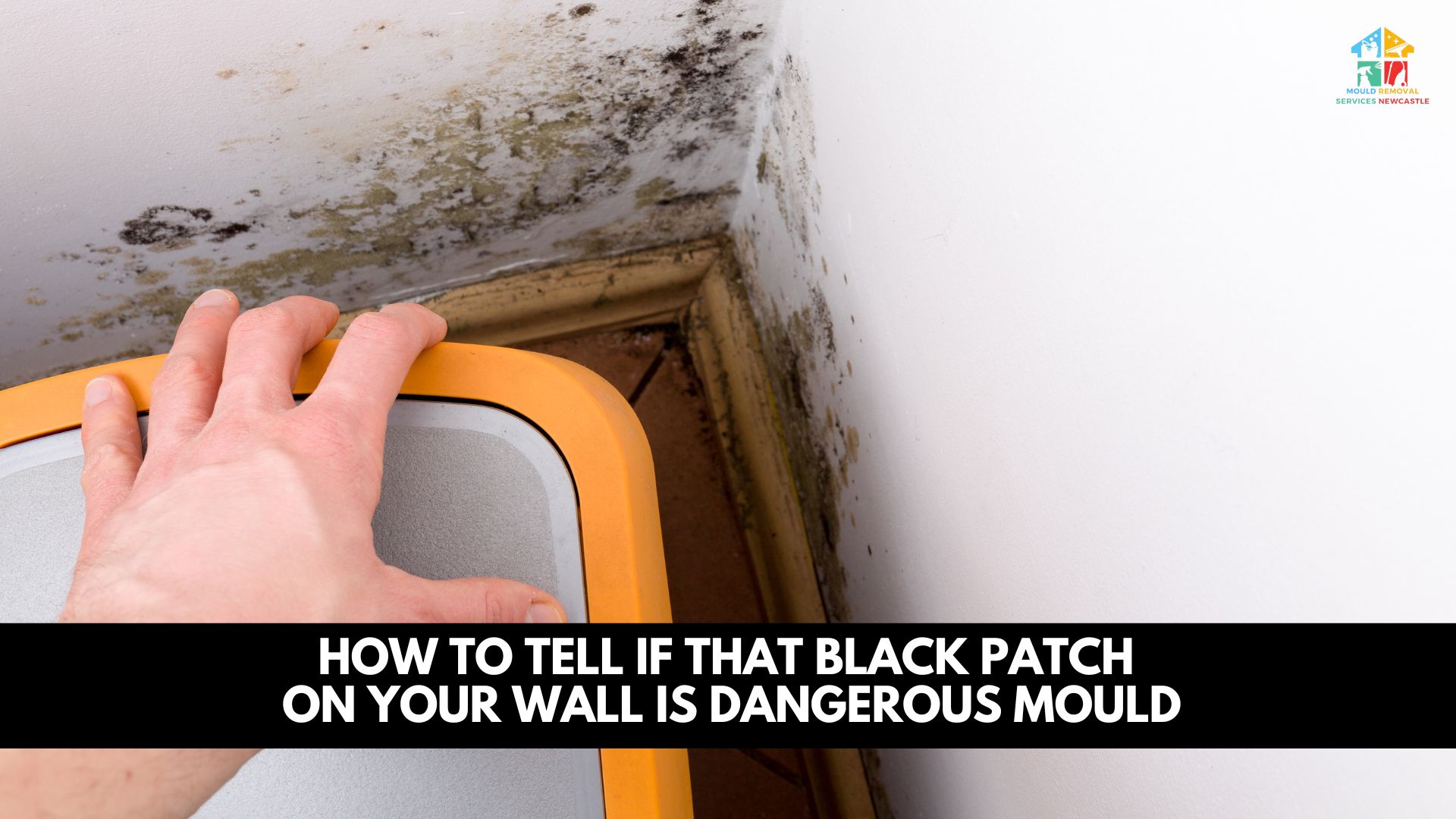Black patches on walls are often mistaken for stains or dirt, but they could be a sign of harmful mould growth. Mould thrives in damp, poorly ventilated spaces and spreads quickly if ignored. Some types of black mould release toxins that can affect your health and damage your property. Recognising the difference between harmless marks and dangerous mould is vital for your safety. Understanding what to look for can help you act before the problem escalates.
What Causes Black Patches to Appear on Walls?
Black patches often develop where excess moisture builds up, such as near windows, ceilings, or corners. Common causes include condensation, leaks, or poor ventilation. When walls stay damp, mould spores settle and grow, feeding on organic materials like paint or wallpaper glue. Over time, the mould spreads deeper into surfaces. Identifying and fixing the moisture source is essential to stop it from returning.
Is Every Black Patch on the Wall Dangerous Mould?
Not all dark spots on walls are toxic, but they should always be checked. Dirt or soot can sometimes resemble mould, but mould patches usually have a fuzzy or slimy texture. They often appear slightly raised and may spread irregularly. A strong, musty odour is another sign that mould, not dirt, is present. If you’re unsure, it’s safest to treat it as mould until confirmed otherwise.
What Does Dangerous Black Mould Look and Smell Like?
Dangerous black mould, such as Stachybotrys chartarum, is dark green or black with a damp, musty smell. It tends to form in irregular clusters and thrives on materials like plaster, wood, and insulation. The texture can be slimy when wet or powdery when dry. The odour is earthy and unpleasant, similar to rotting leaves. These clues often appear in areas with high humidity or long-term dampness.
Can Black Mould Make You Sick?
Yes, prolonged exposure to black mould can lead to serious health problems. The spores can irritate the respiratory system, causing coughing, wheezing, or sore throats. People with asthma, allergies, or weakened immune systems are at greater risk. Even mild exposure can lead to headaches, fatigue, or sinus problems. If symptoms worsen when indoors, mould could be the cause.
Who Is Most at Risk from Mould Exposure?
Children, older people, and those with respiratory conditions are most vulnerable. Their immune systems are either developing or less effective at fighting airborne irritants. Mould exposure can worsen asthma or trigger allergic reactions in sensitive individuals. Pregnant women and people with chronic illnesses may also experience stronger effects. Keeping indoor air clean and dry is essential to protect these groups.
Where Does Black Mould Usually Grow First?
Black mould often appears in areas where moisture lingers — around bathrooms, kitchens, basements, or behind furniture. Walls near leaking roofs, windows, or plumbing are particularly prone to growth. Condensation on cold walls or ceilings also creates ideal conditions. Early detection can prevent the mould from spreading deeper into your home. Regularly checking high-risk spots can save you time and money.
What Are the Early Warning Signs of a Mould Problem?
Early signs include a persistent musty smell, peeling paint, or dark patches that slowly grow larger. Damp surfaces or condensation on windows are also indicators. Some people may notice worsening allergies or breathing issues indoors. Ignoring these signs allows mould to spread quickly. Acting early prevents both property damage and health risks.
Can You Remove Black Mould Yourself?
Small mould patches can sometimes be cleaned safely using protective gear and mild cleaning agents. However, large or recurring infestations need professional removal. DIY cleaning often removes only the surface layer, leaving spores behind to regrow. Improper handling can also spread mould further. For long-term safety, it’s best to call specialists who can eliminate the root cause.
When Should You Call a Mould Removal Expert?
You should contact professionals if mould covers more than one square metre, keeps returning, or causes strong odours. Experts can identify the mould type, locate hidden growth, and treat the affected areas thoroughly. They also use safe methods to protect your health during removal. A proper inspection ensures your home stays clean and dry. Acting quickly prevents further contamination and costly repairs.
How Can Mould Removal Newcastle Help You Keep Your Home Safe?
Mould Removal Newcastle offers certified mould inspection and removal services tailored to your property. Our experienced team identifies the source of moisture and eliminates mould using safe, proven techniques. We focus on prevention as much as removal, helping homeowners maintain clean, healthy living spaces. With our expertise, you can be confident your property is protected from future growth. Reliable service means lasting peace of mind for Newcastle residents.
Don’t Ignore the Signs of Black Mould
That black patch on your wall could be more dangerous than it looks. Recognising the visual and environmental signs of mould helps prevent serious health and property issues. Treating mould early protects your home and your wellbeing from long-term harm. Whether caused by condensation or leaks, every mould problem has a solution. Taking action today ensures a cleaner, safer home for you and your family.





